Nutritional Benefits
The Oyster Meal Market is experiencing a surge in demand due to the increasing awareness of the nutritional benefits associated with oyster meal. Rich in protein, vitamins, and minerals, oyster meal serves as a valuable ingredient in various food products, particularly in the health and wellness sector. Recent data indicates that the protein content in oyster meal can be as high as 50%, making it an attractive option for consumers seeking high-protein diets. Additionally, the presence of essential fatty acids and trace minerals such as zinc and iron further enhances its appeal. As consumers become more health-conscious, the Oyster Meal Market is likely to see continued growth, driven by the incorporation of oyster meal into dietary supplements and functional foods.
Sustainability Initiatives
Sustainability is becoming a pivotal driver in the Oyster Meal Market, as consumers increasingly prefer products that are environmentally friendly. The cultivation of oysters is often associated with minimal environmental impact, as they can be farmed in a way that promotes ecosystem health. This aligns with the growing trend of sustainable sourcing in the food industry. Reports suggest that oyster farming can improve water quality and provide habitat for marine life, making it a sustainable choice for consumers. As the demand for sustainable food sources rises, the Oyster Meal Market is poised to benefit from this shift, with companies focusing on eco-friendly practices likely to gain a competitive edge.
Rising Demand for Functional Foods
The growing trend towards functional foods is significantly influencing the Oyster Meal Market. Consumers are increasingly seeking food products that offer health benefits beyond basic nutrition, and oyster meal fits this criterion well. With its rich nutrient profile, oyster meal is being incorporated into various functional food products, including snacks, supplements, and fortified foods. Market analysis suggests that the functional food sector is expanding rapidly, with a projected growth rate that could exceed 8% annually. This trend indicates a robust opportunity for the Oyster Meal Market, as manufacturers look to innovate and create products that cater to health-conscious consumers.
Culinary Trends and Gourmet Cooking
Culinary trends are playing a crucial role in shaping the Oyster Meal Market, as gourmet cooking and the exploration of unique flavors gain popularity. Chefs and home cooks alike are increasingly incorporating oyster meal into their recipes, recognizing its versatility and distinctive taste. The rise of gourmet food culture has led to a heightened interest in premium ingredients, and oyster meal is often viewed as a luxurious addition to various dishes. This trend is supported by the increasing number of cooking shows and food blogs that highlight innovative uses of oyster meal. As culinary creativity continues to flourish, the Oyster Meal Market is likely to benefit from this growing interest in gourmet cooking.
Diverse Applications in Animal Feed
The Oyster Meal Market is witnessing a notable expansion due to its diverse applications in animal feed. Oyster meal is increasingly utilized as a high-quality protein source in aquaculture and livestock feed, providing essential nutrients that promote growth and health. Recent statistics indicate that the aquaculture sector is projected to grow significantly, with oyster meal being a preferred ingredient due to its digestibility and nutritional profile. This trend is particularly relevant as the demand for sustainable animal feed alternatives rises. The incorporation of oyster meal into feed formulations not only enhances the nutritional value but also supports the overall health of the animals, thereby driving growth in the Oyster Meal Market.


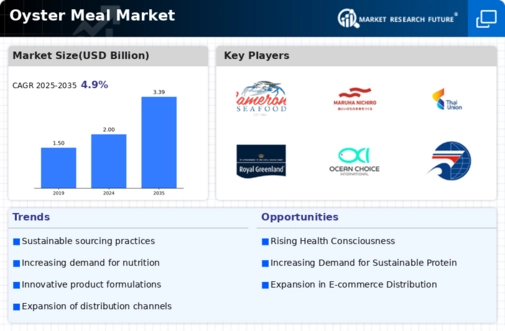
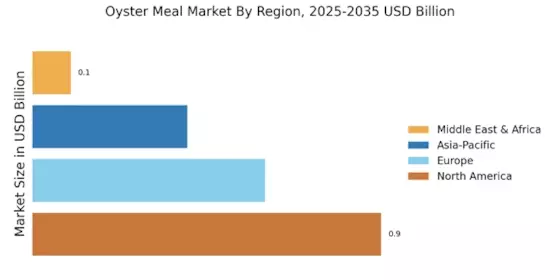
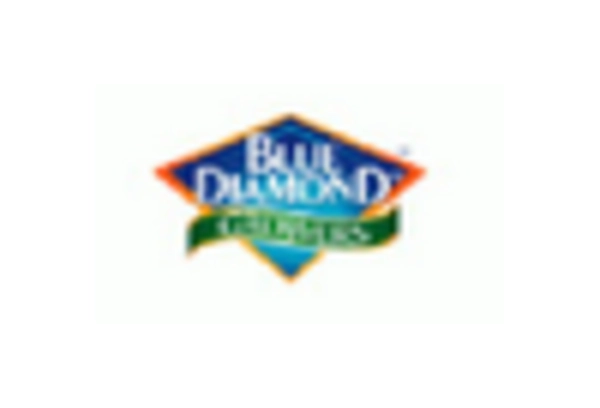


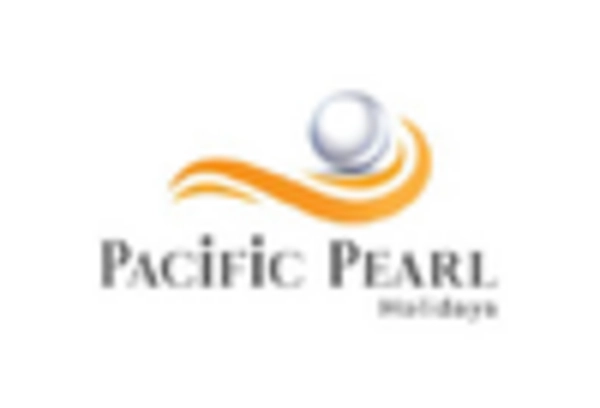
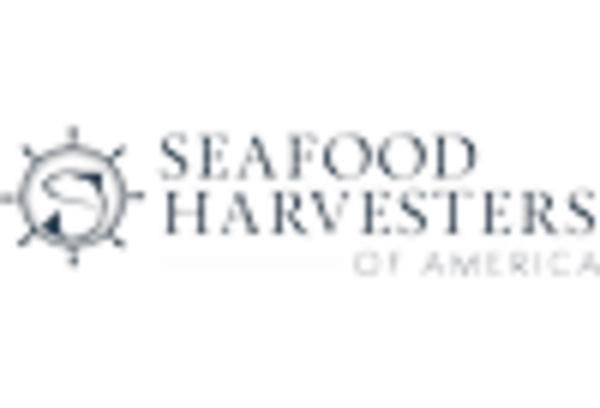









Leave a Comment